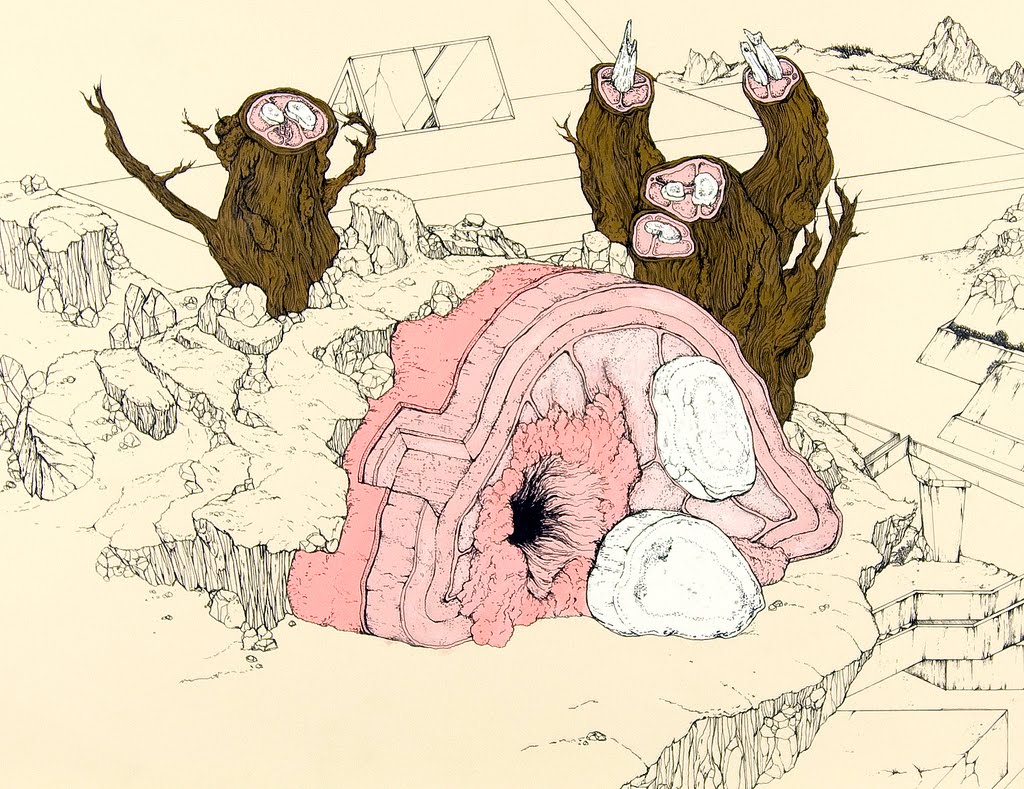The laws of physics cannot depend upon the the uniform motion of the observer. What works in one persons view must work in others, or rather things will exhibit them selves regardless of what frames of reference they are observed in, if a pattern is observed, it can be turned into a law. Thats a good thing to think about when thinking of the environment 'time' exhibits or inhibits. Field lines are particularly good to look at when thinking about environment.



When there are changes in magnetic field due to to things like the sun's orbit, rotation and internal activity, the plasma follows the directions of the change along lines of force (magnetic field lines). These make nice pictures and solar flares.

Representing data with images is great! Maps tell us about our environments. A cartographers friends might be a key (where you can find what symbols used to identify things or places people are very likely to need, like a toilet or a campsite are.)



Field lines and statistics are similarly very important to the cartographer. The delight in the aesthetics I think is in conjunction with knowledge from observation. These are all from the Agile Rabbit map book CD. Thankyou Agile Rabbit book and CD.











































